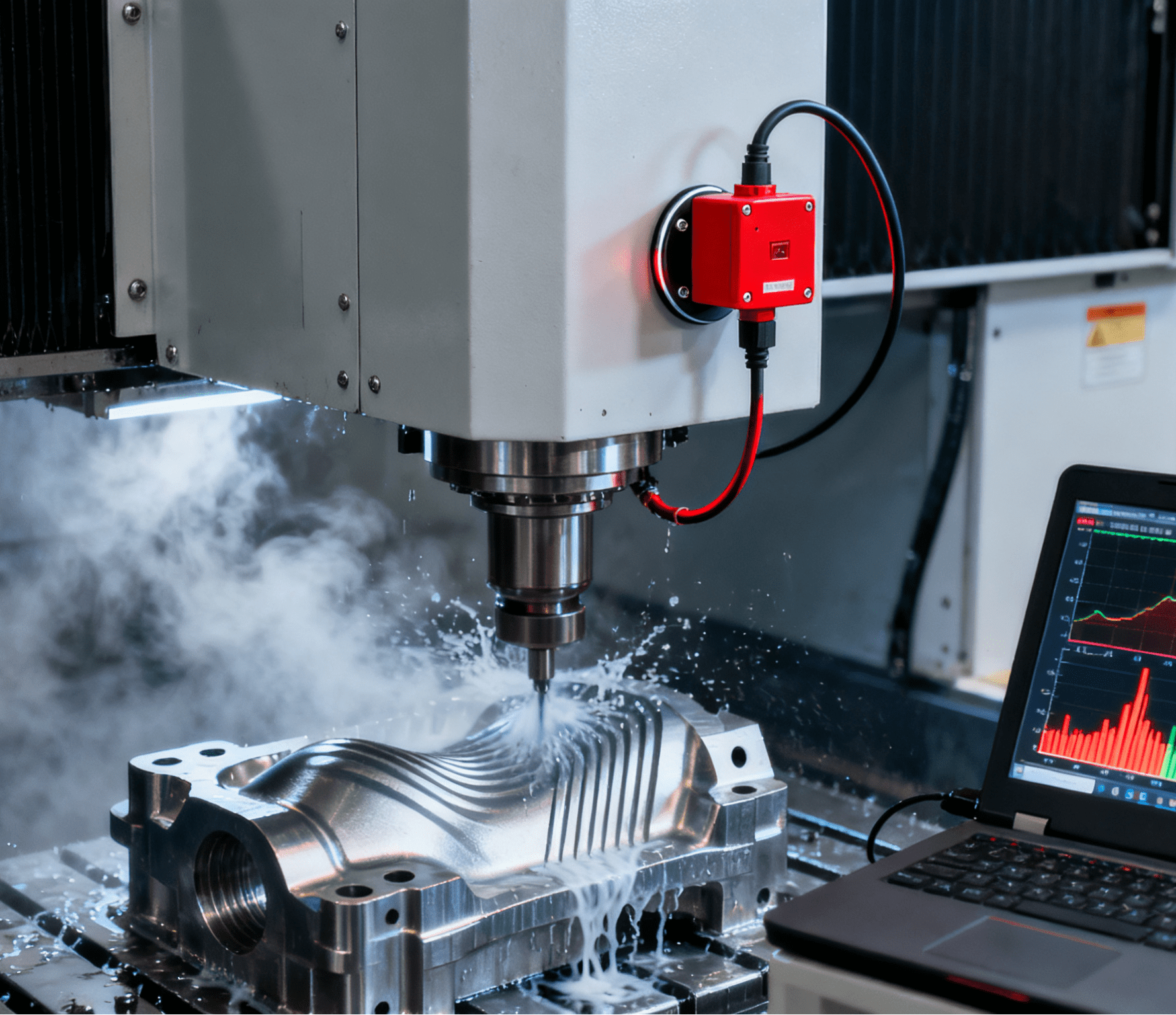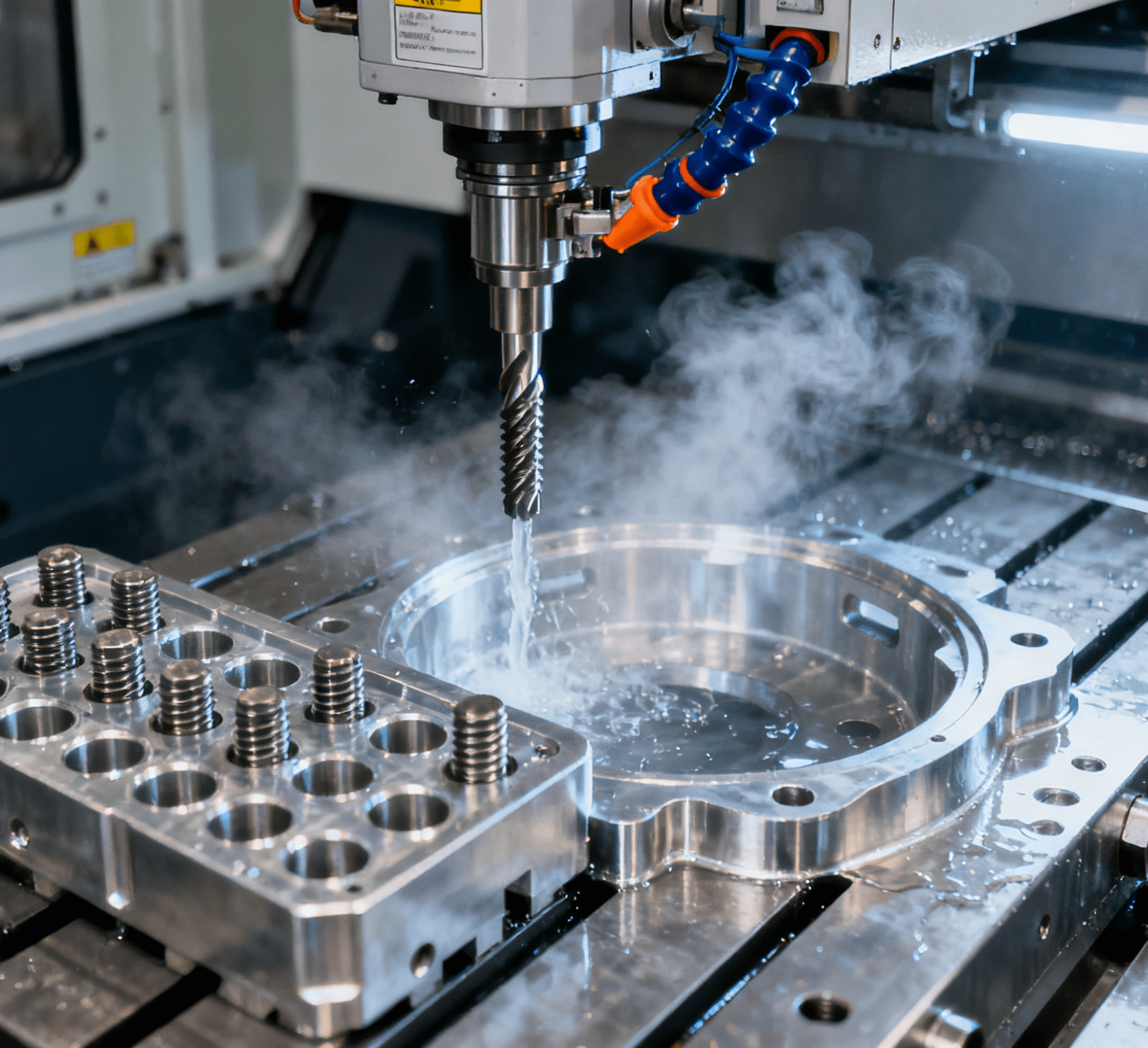Table of Contents
ToggleAutomatic Small Metal Part Feeding System: Revolutionizing Precision and Efficiency in Micro-Manufacturing

In the realm of modern manufacturing, where components are shrinking to micrometers and production volumes demand unprecedented speed, the challenge of handling small metal parts—screws, pins, connectors, and gears—has become a critical bottleneck. Traditional manual or semi-automated feeding methods are plagued by inefficiencies: misaligned parts, downtime for jams, and reliance on skilled operators. Enter the Automatic Small Metal Part Feeding System, a technological marvel designed to overcome these hurdles. By integrating vibration control, intelligent sorting, and seamless automation, this system ensures that even the tiniest components (0.5mm to 50mm) are delivered precisely, consistently, and at scale, powering industries from electronics to automotive to medical devices.
The Anatomy of a High-Performance Feeding System
A cutting-edge small metal part feeding system is a symphony of hardware and software, optimized for precision and speed:
1. Vibration Bowl Feeder: The Heart of Orientation
The iconic vibration bowl, lined with custom tooling, uses controlled vibrations (50–200Hz) to:
- Orient Parts Perfectly: Specialized tracks and chutes align randomly placed parts (e.g., screws with heads, asymmetrical gears) with 99.9% accuracy, even for components with complex geometries.
- Adjust on the Fly: Smart sensors detect part jams or orientation errors and automatically adjust vibration amplitude and frequency, reducing downtime by 70% compared to manual systems.
- Handle Delicate Materials: Soft-touch coatings prevent scratches on plated or polished surfaces, critical for components like medical implants or aerospace fasteners.
2. Vision-Guided Sorting: Eliminating Defects Before They Matter
A high-resolution camera system paired with AI algorithms adds a layer of quality control:
- Defect Detection: Identifies micro-flaws (bent pins, missing threads, surface burrs) as small as 50 microns, rejecting non-conforming parts with 99.8% precision.
- Real-Time Orientation Correction: For parts that pass through the bowl misaligned (e.g., screws lying flat instead of standing), robotic arms or air jets reposition them before feeding to the assembly line.
- Multi-Part Compatibility: Handles mixed batches of similar parts (e.g., M1.6 vs. M2.0 screws) by recognizing subtle size/shape differences, ideal for manufacturers producing 50+ part types on a single line.
3. Intelligent Conveyance: From Bowl to Assembly
Flexible feeding tracks and linear vibratory conveyors ensure smooth part transfer:
- Variable Speed Control: Adjusts conveying speed (50–300 parts per minute) based on downstream demand, preventing bottlenecks during high-speed assembly (e.g., smartphone motherboard insertion).
- Anti-Static Design: Conductive surfaces and ionizing bars eliminate static cling, a common issue with tiny metal shavings or lightweight components.
- Compact Footprint: Modular designs fit into tight spaces (as small as 0.5m²), compatible with collaborative robots (cobots) or CNC machines in lean manufacturing setups.
Applications: Where Every Micron Counts
1. Electronics Manufacturing: Powering the Miniaturization Revolution
In the production of wearables and IoT devices:
- The system feeds 0.8mm micro-screws into smartwatch casings, ensuring each screw is aligned for automated insertion—critical for water resistance and structural integrity.
- For printed circuit boards (PCBs), it sorts 2mm connector pins with gold-plated tips, rejecting any with misaligned prongs that could cause solder joint failures.
Case Study: A leading electronics contract manufacturer reduced PCB assembly errors by 85% and increased feeder uptime to 99.5% using an automated system, saving $500K annually in rework costs.
2. Automotive Components: High-Volume, High-Reliability Feeding
In automotive subassembly lines:
- Feeds 10mm steel roll pins into transmission housings at 200 parts per minute, with vision systems verifying each pin’s length and diameter before insertion.
- Handles high-temperature components (e.g., turbocharger bolts exposed to 500°C) using heat-resistant bowls and conveyors, ensuring consistent feeding even in harsh environments.
Impact: A tier-1 supplier achieved a 30% reduction in manual feeding labor and a 40% faster changeover time when switching between 15+ part types for different vehicle models.
3. Medical Device Production: Sterile, Traceable Precision
For implantable devices and surgical instruments:
- Stainless steel screws (1.5mm diameter) for orthopedic implants are fed in sterile environments, with UV disinfection modules integrated into the feeding system to meet ISO 13485 standards.
- Each part’s journey—from bowl to assembly—is logged in a traceability software, recording feeding time, orientation success rate, and defect rejection data for regulatory audits.
Automatic Feeding vs. Traditional Methods: A Clear Performance Gap
| Metric | Automatic Small Metal Part Feeding System | Manual/Semi-Automatic Feeding |
| Part Orientation Accuracy | 99.9% (AI + vision-guided) | 90–95% (operator-dependent) |
| Throughput (parts/min) | 50–500 (configurable) | 20–100 (fatigue-limited) |
| Downtime for Jams | <5 minutes/month (self-correcting) | 2–3 hours/day (manual intervention) |
| Multi-Part Changeover | <10 minutes (software reconfiguration) | 1–2 hours (tooling replacement) |
| Defect Detection Speed | Real-time (10ms per part) | Post-assembly (costly rework) |
The Technological Edge: Innovations Driving the Future
1. Machine Learning for Adaptive Feeding
Advanced algorithms analyze historical feeding data to:
- Predict Jam Risks: Identify part batches with high burr rates and adjust vibration parameters proactively.
- Optimize Bowl Geometry: Recommend tooling modifications (e.g., chute angle, track texture) for new part designs, reducing trial-and-error time by 50%.
2. IoT-Enabled Remote Monitoring
Cloud-connected systems provide:
- Real-Time Dashboard: Track feeder performance (OEE, part rejection rates, vibration amplitude) from any location, ideal for multi-factory operations.
- Predictive Maintenance: Alerts for bowl wear (e.g., rubber liner degradation) or motor fatigue, minimizing unplanned downtime by 60%.
3. Collaborative Feeding Cells
Paired with cobots, these systems enable:
- Human-Robot Collaboration: Operators load bulk parts into the bowl while the system handles orientation and feeding, boosting productivity by 25% in mixed-model assembly lines.
- Zero-Gap Integration: Directly feeds into robotic arms for pick-and-place tasks, with vision systems providing real-time part location data to the robot’s controller.
Investing in the Future of Micro-Manufacturing
The benefits of an automatic small metal part feeding system extend beyond efficiency:
- Cost Savings: Eliminates labor costs for manual sorting (a single system replaces 2–3 operators in high-volume lines) and reduces scrap from misfed parts.
- Quality Assurance: Consistent part orientation and defect detection elevate first-pass yield rates, critical for industries where a single misfed component can cause catastrophic failure (e.g., aerospace fasteners).
- Scalability: From prototyping (100 parts/day) to mass production (100,000+ parts/day), the system adapts without requiring major retooling.
The Next Generation of Part Handling: Small Parts, Big Impact
As manufacturing evolves toward greater customization and precision, the automatic small metal part feeding system stands as a testament to innovation in micro-handling. By merging mechanical ingenuity with AI-driven intelligence, it transforms the mundane task of part orientation into a strategic advantage—one that powers everything from the smallest wearable devices to the most complex industrial machinery. In an era where “small” defines progress, this technology proves that precision isn’t just a feature; it’s the foundation of competitive manufacturing.
#Automatic Small Metal Part Feeding #Precision Parts Handling #Smart Manufacturing Automation




















